|
The previous post discussed the lead-up to transporting our cat to Portugal, including the required paperwork, etc. This post is about the actual journey and the steps I (Harold) needed to take to get Dali accepted into the country. A dear friend of ours drove us to the Atlanta airport and it appeared that Dali rather enjoyed that part of the trip. Fortunately, she didn’t realize just long that journey would be. I’d packed her dry food, a bit of her cat litter (in a 20 oz. clear plastic bottle so TSA could check it out if needed), and her medications in my backpack. To allow for the inevitable accidents, I’d cut adult incontinence pads into the exact size of the carrier and then created a small stack of them. That way if there was a mess, I could pull one of those out and she’d have a dry bottom. This worked fairly well, though despite my preparations by the time we reached Porto a least one side of the carrier was wet with cat urine. Once at the airport, I used the TSA Precheck line and had no issues with bringing the cat through that line. They did require me to remove Dali from the carrier and walk her through the scanner in my arms while they X-rayed the bag and everything else. Fortunately, she was mellow about that, despite all the commotion around us, and didn’t claw me or any of the TSA folks. However, if you have a high-strung animal, you need to prepare for this “rite of passage.” The only snag was my backpack which was stuffed with the large number of documents that we needed for our relocation. That big black blob on the scanner required a hands-on inspection as I secured Dali back into her carrier. The carrier we chose had a zip open hatch at the top (see picture above) so I could reach inside pet her as needed, or allow her to stick her head out. Since she wore a collar, I clipped the carrier’s interior leash to it to keep her from escaping. There was also a small “porch” that zipped out giving her more room. I kept open as much as possible as the carrier was a tight fit. Of course, there’s always a bit of drama. During gate check-in at Atlanta there appeared to be some confusion as the agents weren’t sure how to deal with the cat in a carrier because it was an additional carry-on bag. Since I only had a backpack with me, the issue was moot, but they still needed to arrive at that conclusion on their own. I practiced my stress-relief exercises as three people pointed at the computer screen, the bag and quietly discussed what to do. Finally, they printed a tag that they attached to the carrier and everyone was happy. The same issue arose when I was at the gate in for the TAP flight, as well. Since there was a terminal change in Newark, I did my research to prevent as much stress as possible. I discovered there was a shuttle bus I could use and it would save me having to go back through Security. I also located a pet-relief area but unfortunately it was more set up for dogs than cats. The flights themselves were not a problem. Actually, on the Atlanta to Newark flight my seatmate didn't even realize the cat was there until we landed and I pulled Dali out from under the seat. On the advice of the vet, I did not sedate her (Dali, not the seatmate), but let her be. For the most part she just slept. Unlike some, she’s not a verbal cat, so I didn’t anticipate hours and hours of meowing, and I wasn’t disappointed. I offered her water at regular intervals, along with some kibble, but she ignored both. Because of this she was considerably dehydrated once we reached Porto, so we made sure to keep plenty of water in front of her from then on. The whole journey, from the time we left the hotel in Atlanta to arriving at Porto’s airport was right around nineteen hours. That’s a very long time for a small animal who doesn’t understand what’s happening. Upon arrival, Dali was certainly in good company as there was a line of pets and their owners waiting to meet the veterinarian. When it was Dali’s turn, the doc inspected the paperwork and checked the microchip. For a time there was some confusion as Dali had the old microchip still in place, which the vet’s scanner could not read, and that number was also noted on the documents. Eventually, the vet just decided it wasn’t important as the EU required chip did read properly and allowed our cat entry into the country. When I arrived, Jana met us at the airport and helped with the multiple pieces of luggage. After a quick trip to the restroom to switch out the carrier liner (again) we hopped into an Uber to the AirBnB. There, Dali was finally out of the carrier. Initially we confined her to the kitchen, which was very small and had a tiled floor. We set up a chair, with her special blanket on it (it hadn’t been washed so it smelled like all of us). To our amazement she adapted very well to the arrangement and spent quite a bit of the time sleeping as we traveled back and forth getting things set up at the apartment. During this entire transition from home to apartment in Porto—knowing that Dali doesn’t do that well in unfamiliar surroundings—she slept in my bedroom at night with her food and litter box close at hand. Once we were moved into the apartment, we continued that arrangement, then slowly moved the food and litter box into the kitchen. She continues to sleep at the end of my bed and that works fine for all of us, though there is the occasional 5 a.m. urgent request for petting. She has proved very adept at assisting me with assembling our new IKEA furniture, as well. Fortunately, Dali shows absolutely no interest in an open window, which is a relief as there are no screens (a common thing here in Portugal). Our neighbor's cat took a stroll on the exterior window ledge and that made us wince. Dali has adapted to the different canned food, and in fact her coat is smoother and silkier than it was in the States and she has fewer hairballs. Bottom line? The transfer was a success for all concerned. However, we weren’t done yet: Within four months of arrival I was required to find a local vet to officially register the cat with the Portuguese authorities. This isn't a bad idea at all, since we needed to locate a veterinarian anyway. After that visit, I received even more paperwork proving that Dali is truly welcome in Portugal. (See below.) The cost was 5 euros. How well will your pet adapt? It all depends. We recommend a frank conversation with your vet and some thoughtful pre-planning so the animal will feel as secure as possible during the entire transition. Stock up on any medications the animal may need and pack them with you, as well as that paperwork. Remind yourself there are no shortcuts and to use your smile and exercise your patience as needed. Once your pet is settled into your new home, you’ll be thrilled you brought them with you. We certainly are.
Katy
11/13/2018 08:12:31 pm
Love this! Great article. We hope to relocate to Portugal -- with pets too!
Jana
11/14/2018 09:52:50 am
Thank you!! We’re glad this post was of value. Fair warning — both US and Portuguese regulations change on a whim so do triple check what’s required a few months out. And having a savvy vet will make the process a lot less nervewracking. Good luck!! Comments are closed.
|
Your HostsHarold is a former software engineer. Jana is an author. Together they're exploring their new life in Portugal. Archives
December 2022
Categories
All
|
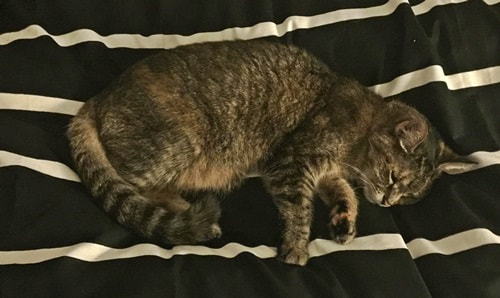
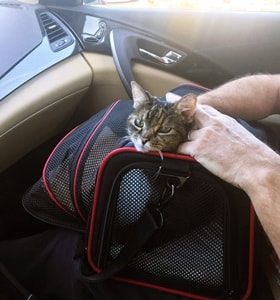
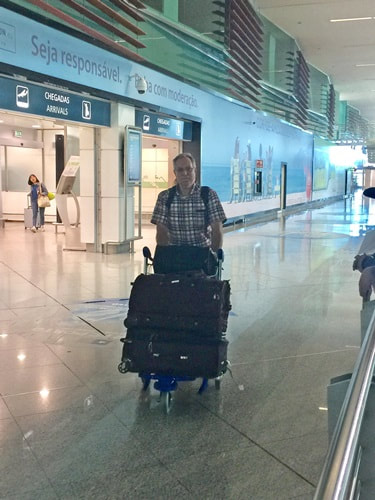
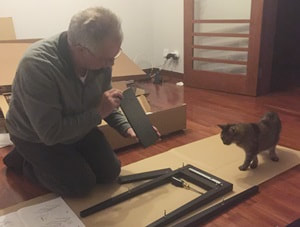
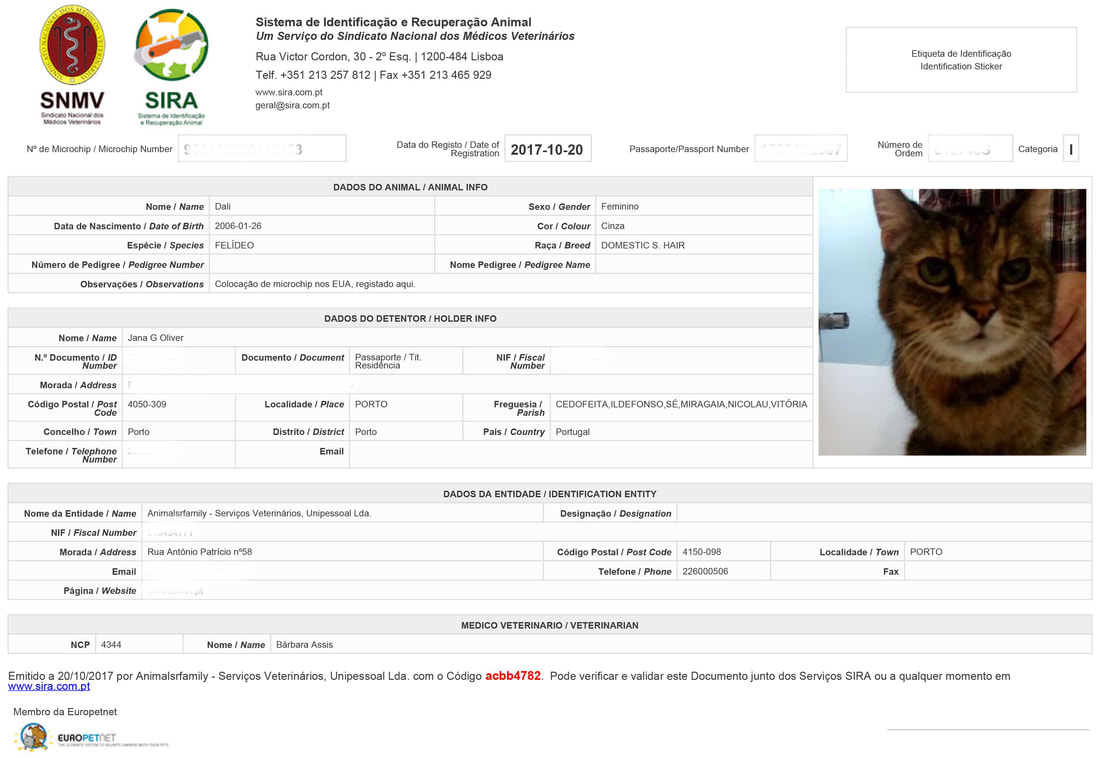
 RSS Feed
RSS Feed